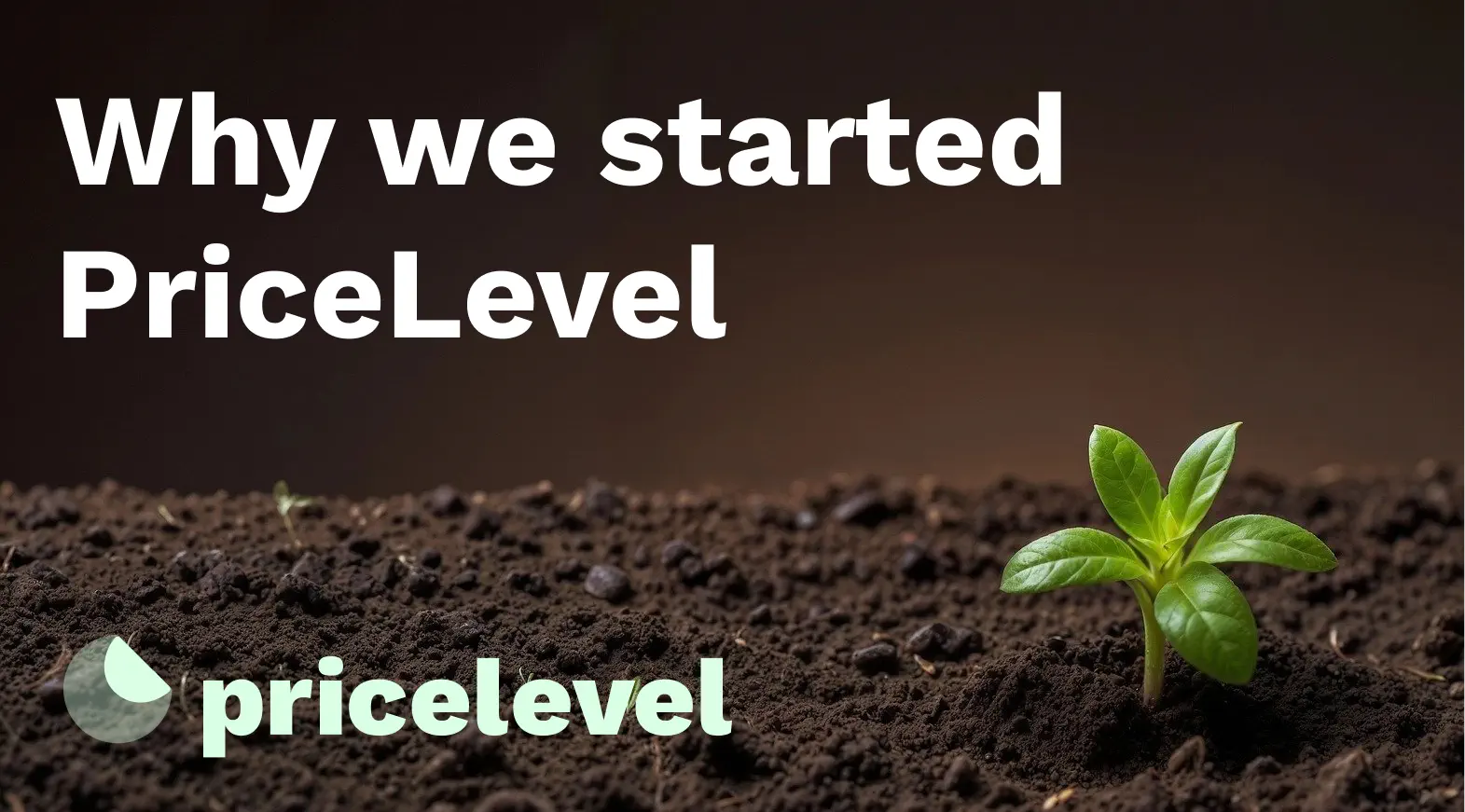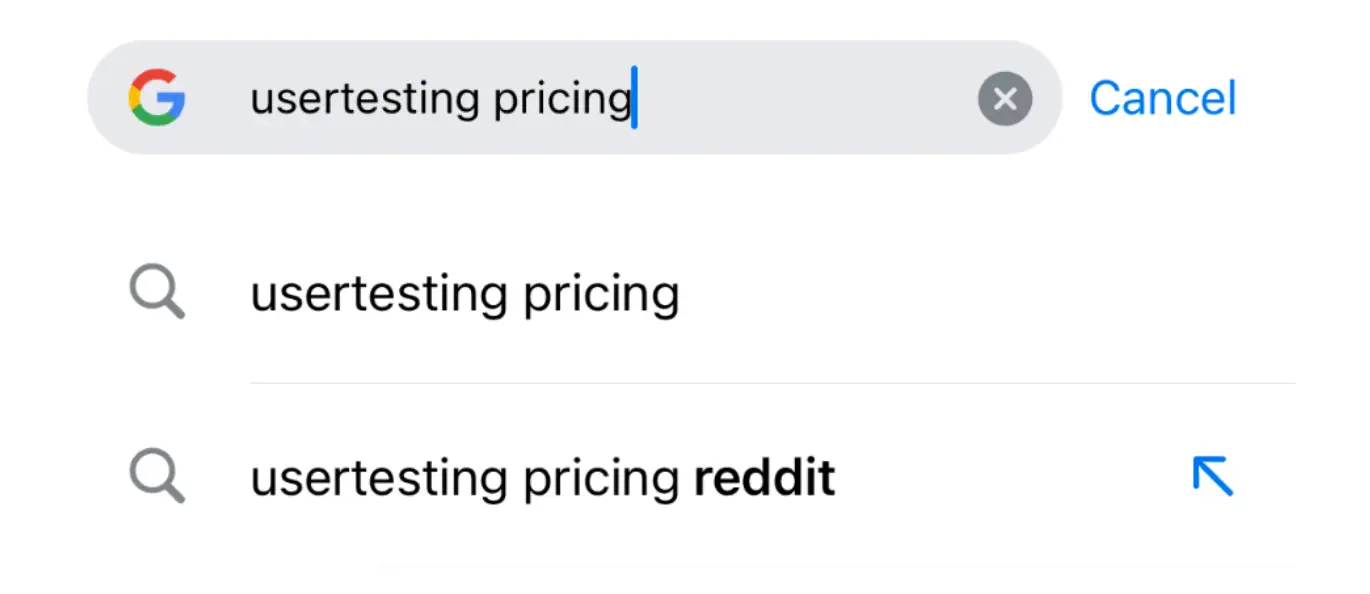Why we started PriceLevel


The idea for PriceLevel came at a specific moment: I was looking at a $200,000+ Twilio Flex contract and just couldn’t get this question out of my head: “am I getting ripped off?“.
I had no idea. I had a great relationship with our Twilio rep and we were already getting a discount for being a long-term customer, but I didn’t know if it was the best discount. Nobody in my network had bought telephony software before so they didn’t have any comparables and I wasn’t able to find any pricing information online. In the end, we signed the contract but I always wondered.
A few months later, my husband was negotiating Twilio Flex for his company. I took one look at his pricing proposal and realized that he was getting ripped off. His per user per month price was significantly higher than ours while his user volume wasn’t that different. By giving him one set of comps, he was able to negotiate an additional $30,000 off.

A key frustration, and an opportunity
The Twilio Flex example was from 2021. I was a product leader at OJO then, in charge of a team building products and internal tools for our 400-person call center and concierge teams. During my tenure, I also bought a session replay tool, evaluated A/B testing software, and got hit with a bigger-than-expected DataDog invoice.
After OJO, I went on to be Head of Product for Wellfound (fka AngelList Talent) and VP of Product for Hotel Engine. Part of my job as a product leader was to buy software for my teams. It’s not explicitly listed in the job description, but if you talk to any functional leader - we have all experienced this. And we all complain about it.
The number one complaint is the lack of pricing transparency. Without transparent prices, I have to fill out a contact form, wait to hear back, play scheduling tag, and then sit through an hour long call just to find out it’s too expensive for us to even consider. Most of the time I just want to know a range - is it $10,000, $100,000, or $500,000?
And then there’s the actual negotiation. A dance of developing good relationships while pushing for the lowest price. I like this part of the process because of my background in corporate development. But in CorpDev, I had comps. We had lists of recent transactions that gave me anchoring points. As a product leader, I don’t know what other buyers who look like me pay for the software I’m trying to buy.
My peers and I commiserate about this, but it got me thinking…why doesn’t pricing transparency for SaaS exist? That’s how PriceLevel got started.

Transparency in other industries
Pricing transparency is not a novel concept. Plenty of successful companies have done it in adjacent industries, including:
- Glassdoor and levels.fyi for compensation
- Compstak for commercial real estate
- Govspend for the public sector
In a world in which that information is readily available online, we think we should be able to do the same for SaaS. Pricing transparency benefits both sides of the marketplace - buyers save time and money, while vendors lower their cost of acquisition and close deals faster.
Our ask
The companies focusing on transparency get their data set by crowdsourcing information from the people with the data - employees, real estate agents, and federal agencies. We’re taking the same approach through our give-to-get model.
Be a part of our pricing transparency movement. Your data contribution helps level the pricing playing field for everybody. We have over 400 buyers on the platform so every pricing insight has an amplified impact. For every 1 pricing insight contributed, you get 1 credit which can be used to unlock any vendor to see what others are actually paying without having to “Contact Us”.
